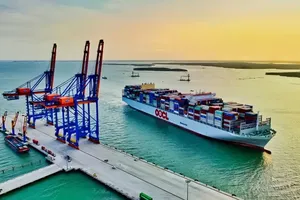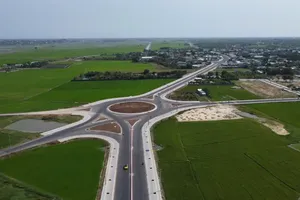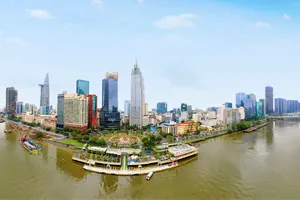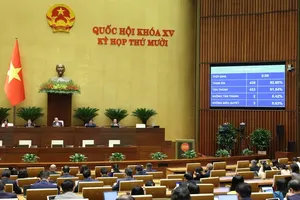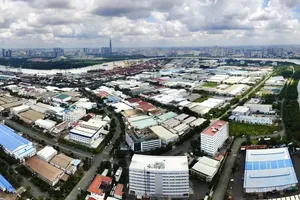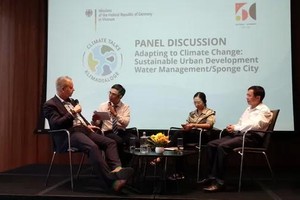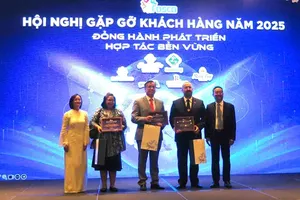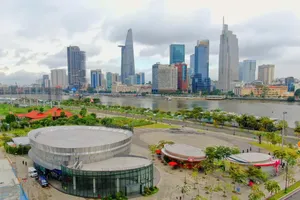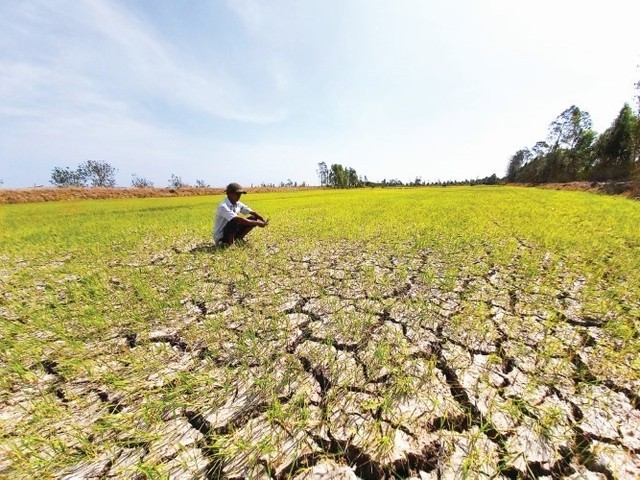
According to the HCMC People's Committee, drought, water shortages, and saltwater intrusion rank as the third most damaging natural disasters, following floods and storms. HCMC is especially vulnerable to these conditions during the dry season, which lasts from January to March each year.
Authorities in the southern largest city have outlined a comprehensive plan to secure water supply for daily life and production in 2025. The plan emphasizes close monitoring of hydrometeorological conditions and saltwater intrusion, alongside proactive forecasting and prevention strategies. Key measures include early dredging of canals, reservoirs and rivers, increasing water storage and implementing a water supply plan to meet the city's demand. Authorities will also conduct strict inspections of water sources to ensure stability throughout the dry season.
When drought, water scarcity, and significant saline intrusion occur, it is essential to prioritize water resources for the domestic supply for households, livestock raising, and the irrigation of high-value crops.
The Ho Chi Minh City People's Committee emphasized the need to implement monitoring and oversight of saline intrusion in vulnerable areas. This initiative aims to provide timely guidance to residents on the storage of fresh water for both agricultural and daily use.
Additionally, the committee urges the acceleration of construction for irrigation and water supply projects. Regular inspections should be conducted, and any enterprises or production facilities that release untreated wastewater into the irrigation system, rivers, and canals, leading to water pollution, must be reported promptly to the appropriate authorities for action.
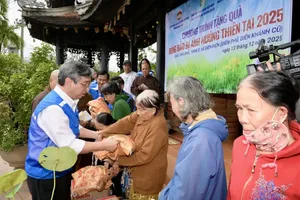
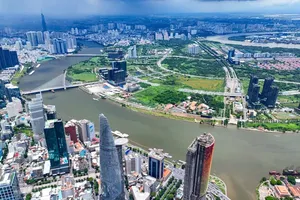



)
